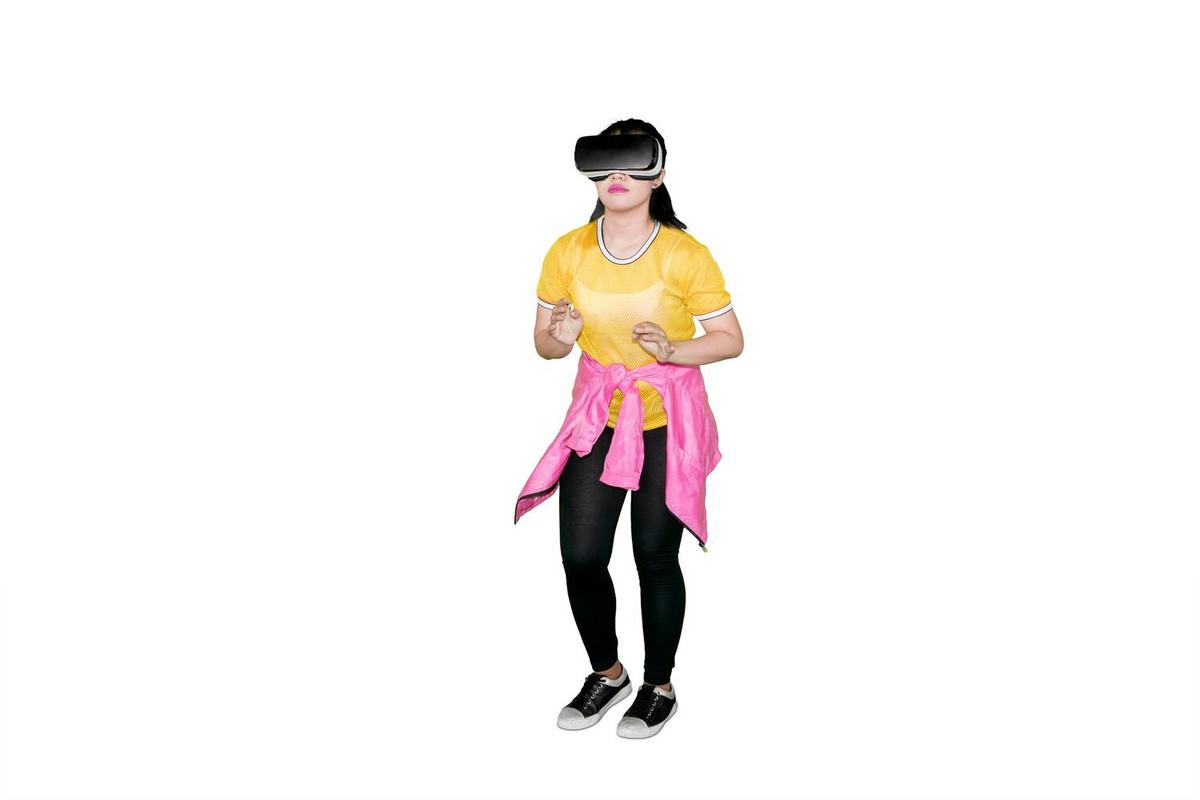
Reinventing the Fashion Show for a Digital Audience
The digital revolution has infiltrated every corner of our lives, transforming traditional paradigms and opening new avenues for creativity and innovation. One area that has seen a significant transformation is the fashion industry, particularly with the reinvention of the fashion show for a digital audience.
The fashion show, once an exclusive event for industry insiders, has been democratized by digital technology. As brands and designers seek to reach a broader audience, the traditional runway experience is being reimagined to engage viewers worldwide. According to a report by Business of Fashion, online fashion show views surged by over 70% in recent years, as more brands embrace digital formats.
Expert Insights on the Digital Transformation
Industry experts highlight the shift as necessary and beneficial. Renowned fashion analyst, Lucy Siegle, points out, “The digital fashion show is not just a temporary solution but a permanent evolution that aligns with the tech-savvy consumer base.” This evolution is not merely about shifting platforms but rethinking the entire fashion show experience.
Statistics and Research
Research conducted by Fashion Tech Alliance indicates that 80% of fashion brands plan to continue investing in digital shows post-pandemic. This trend is supported by the increasing demand for sustainable practices, as digital shows reduce the carbon footprint associated with traditional runway events.
Engaging a Global Audience: Tips and Techniques
- Leverage Social Media: Platforms like Instagram and TikTok offer real-time interaction with audiences, making them essential tools for digital fashion shows.
- Incorporate Interactive Elements: Features such as live polls and virtual reality experiences can enhance viewer engagement.
- Focus on Storytelling: Crafting a compelling narrative that resonates with viewers can make a digital show memorable.
Comparison: Traditional vs. Digital Fashion Shows
| Aspect | Traditional Fashion Show | Digital Fashion Show |
|---|---|---|
| Audience Reach | Limited to attendees | Global |
| Cost | High | Variable, generally lower |
| Engagement | Passive | Interactive |
| Environmental Impact | High | Low |
| Format | Static | Dynamic |
| Accessibility | Exclusive | Inclusive |
| Flexibility | Rigid | Adaptable |
| Feedback | Delayed | Instant |
FAQs
How can brands ensure a successful digital fashion show?
Brands should focus on quality content, interactive elements, and leveraging social media platforms to engage their audience.
What are the benefits of digital fashion shows?
They offer broader reach, lower costs, and more sustainable practices compared to traditional fashion shows.
The digital transformation of the fashion show has opened new doors for creativity and audience engagement. While traditional shows held an air of exclusivity, digital shows offer inclusivity and interaction, reaching audiences far and wide. As we move forward, embracing these digital innovations will be key to staying relevant in the ever-evolving world of fashion.


